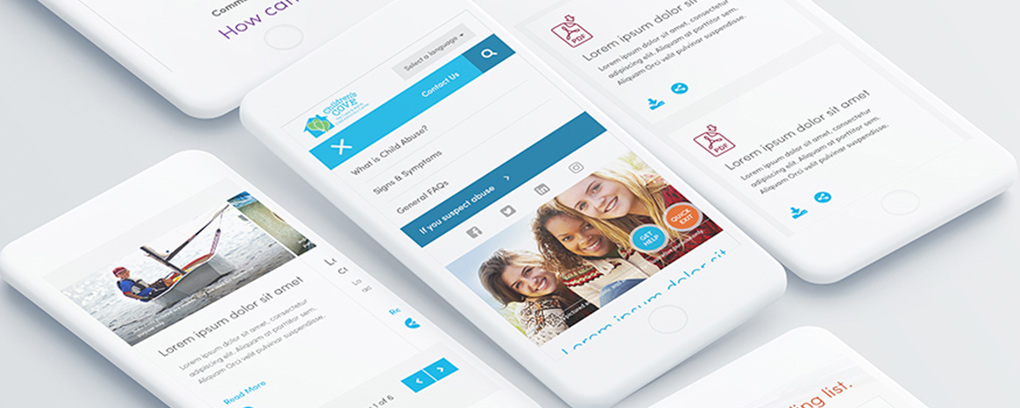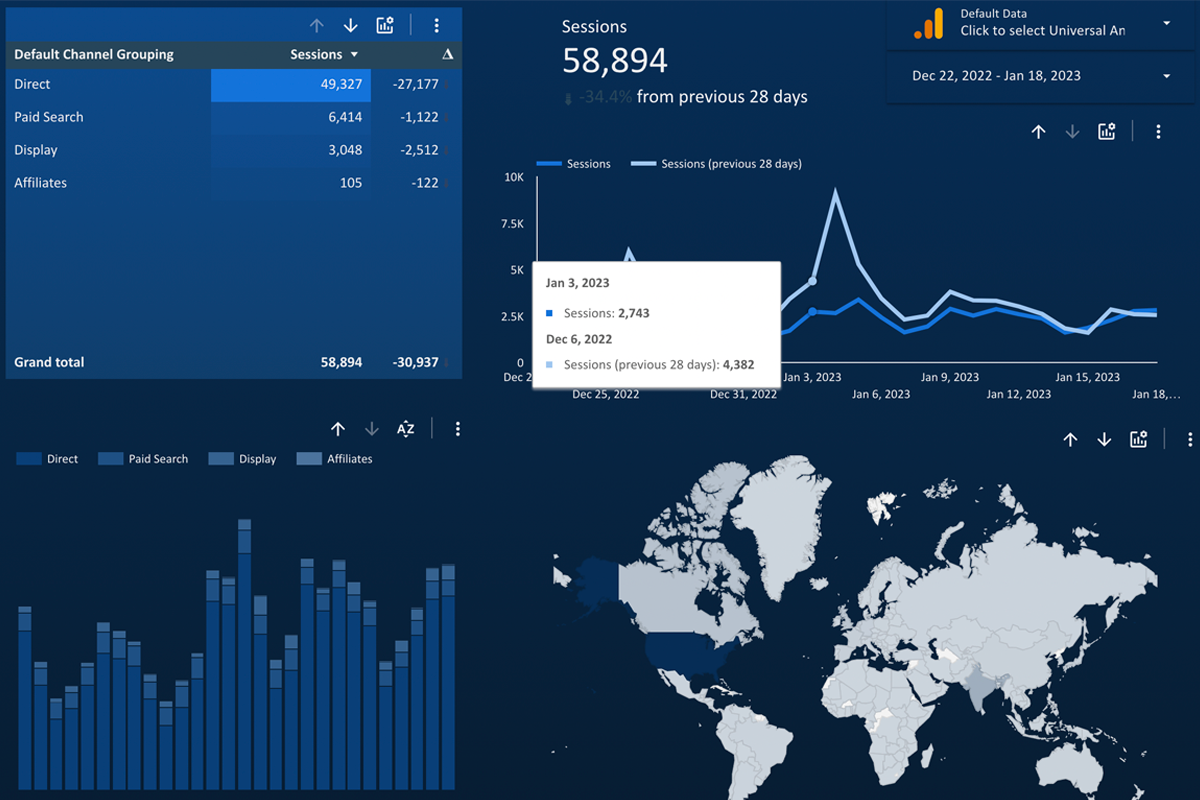Headless CMS – The Ultimate Cross-Platform Solution
As a former CMS product manager and leader of a bunch of code warriors, we continuously evaluate solutions for our clients across a number of technologies (PHP, .NET, React, Ionic, and Angular) and vendors — Acquia, Kentico, Sitecore, WordPress, etc.
In doing this, we focus on many areas – product features, roadmap strategy, market presence, capabilities, mobile support, cloud deployment, and integration with components such as marketing and commerce.
Lately, the demand from our clients has shifted far beyond the corporate website and the need for responsive experiences. Hybrid applications, virtual reality, interactive in-store displays, and the Internet of Things have created an interesting content delivery demand. In the last quarter alone, more than 50% of our development work at Consensus requires delivery to something other than a web browser.
Luckily, great strides are being made in next-generation content-managed solutions. Led by new, content-first demands – the rise of the “headless” CMS is taking shape. We are implementing “headless” solutions for a number of clients across a number of technologies – Kentico, WordPress and Drupal. The solutions range from web-based sales applications to tablet solutions.
So what exactly is a “headless CMS”? A Headless CMS is a back-end-only content management system where the content is stored and delivered through an API without a default front-end system or presentation layer. This decoupling of the back-end and front-end allows content to be pushed to any platform or device, which can include websites, mobile apps, IoT devices, or even AR/VR interfaces. Developers have complete control over how and where the content appears. This approach provides a high degree of flexibility and scalability. It facilitates cross-platform compatibility, improves performance, and makes it easier to integrate with other systems. The content delivery is format-free, making it future-proof.
As we continue to develop in the headless world, we are already realizing a list of benefits from development to delivery. Here are three of the most impactful:
1. We can easily iterate and UAT test with the client by pointing them to a browser for layout and application logic – not always having to deliver a .ipa file.
2. The separation of the API makes the content available through any channel and on any device.
3. We can use any technology or development framework – as you can imagine, the IT requirements of our clients can vary wildly from project to project.
We look forward to the future of headless apps and the opportunities it delivers.
Contact us to talk more about our headless CMS development capabilities.









